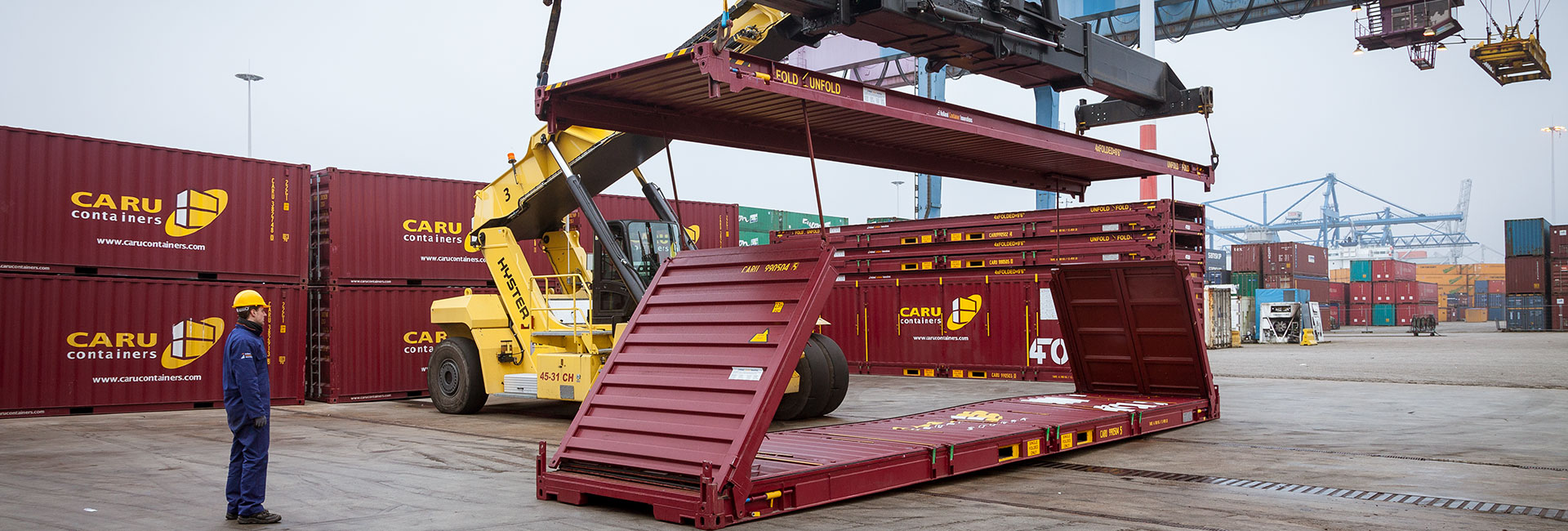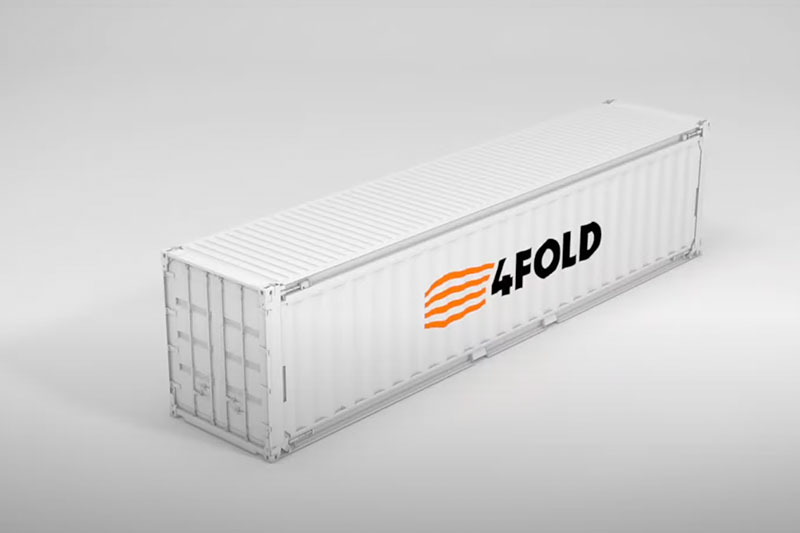Every detail is crucial on board
Correctly securing cargo on a containership has a threefold impact - on the cargo, the crew and the environment. In pursuit of continuous improvement ...

Talking of which, sustainability, safety and reliability also remain keywords for container transport. Although the box in all its guises has been proving itself ever since 1968, the container world is still on the move.
In global goods distribution, movement of empty containers remains a complex problem. Around one-third of all transported containers are empty. Demand for empty equipment is seldom in balance. In times of crisis, this brings supply chains to a halt, causing costs and emissions. Transport of loaded and empty containers calls simultaneously for a multitude of resources in the supply chain. “We can solve part of this imbalance, or at least remedy the inefficiency of ‘transporting thin air’,” asserts Hans Broekhuis, CEO of Holland Container Innovations, also known as 4Fold.
Back in 2013, this company in the Netherlands managed to have the first foldable containers certified under the Container Safety Convention and by the International Organisation for Standardization. Thanks to a specific top-bottom folding technology, the volume of the 4FOLD container can be reduced by two-thirds. Four folded containers can then be made into one unit. This saves space, costs and emissions in transport.
From the environment angle, especially, solutions such as this are of great interest and could fundamentally transform the container market. Yet market reaction has initially been hesitant. Higher up-front costs and a somewhat conservative attitude from the transport sector could be two of the reasons. For 4FOLD, life continues. “4FOLD is actively seeking alliances within the supply chain with forwarders, shippers, ports, terminals and depots. As a crucial hub in the green corridor Europe – USA, Hamburg is right at the top of the list,” says Broekhuis. As a next step, the company aims for coordination with depots on operative challenges and processes related to folding/unfolding, and equipment maintenance.
Broekhuis is bullish on the future: “Shippers will profit from the savings in emissions; forwarders, ports and terminals will savour the efficiency and flexibility; and 4FOLD folding containers can be shifted more rapidly and in less space than normal containers.”

The US supplier Staxxon is also convinced by the idea. By year-end, the company will be launching its own foldable model on the market, to be tested by shipping companies. Staxxon also envisages advantages for the environment and the climate, especially. “Some 25 percent of worldwide emissions come from the transport sector,” explains Santtu Seppälä, Staxxon’s CSO. Like an accordion, the Staxxon container can be folded in various stages. Two, three, four or five boxes can be combined like this to replace one regular container. This ‘bundle’ has already received certification and can be deployed, loaded and secured just like one normal standard container. Thanks to the great flexibility of the methods for stacking, Staxxon containers can seamlessly be included in existing logistics processes. The folding itself should cause no bottlenecks, something of importance to the company. An automated process facilitates folding within under three minutes. Folding can also be done manually. A trained team of two needs just ten minutes per container. The model should already be launched on the market next year. Seppälä is assuming that the present crisis situation will lead to more investments in state-of-the-art, environment- friendly container solutions. “Our own will contribute, not just towards alleviating the current crisis, but also to preventing a similar one in the future.”